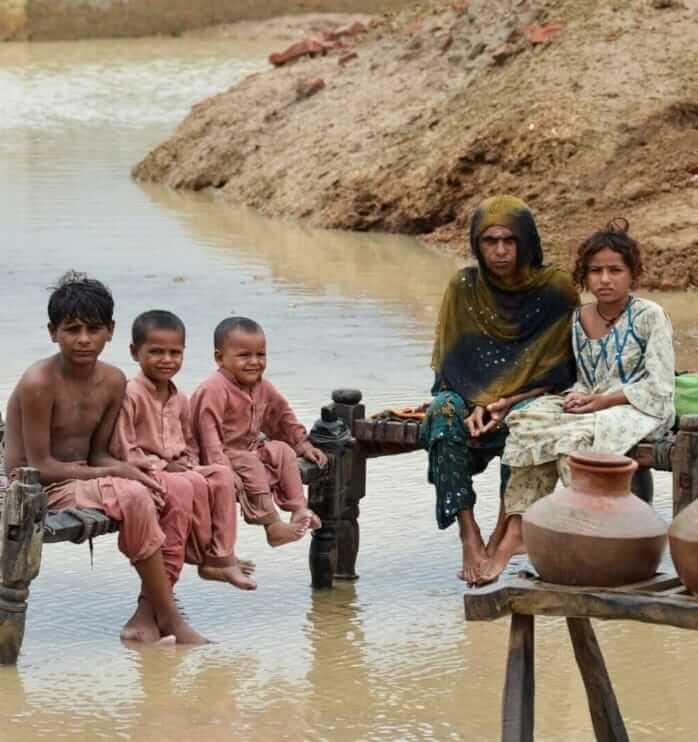Flood Recovery– A Challenging Process
Pak Chronicle Web Desk
Floods are one of the most common natural disasters that occur around the world, and they can cause significant damage to homes, businesses, and entire communities.
The recovery process after a flood can be overwhelming, but it is essential to take the necessary steps to ensure that you and your community can recover and rebuild.
The first step in flood recovery is to ensure that everyone is safe. If you are in a flood-prone area, it is important to have an emergency plan in place. This plan should include evacuation routes, a meeting place, and a way to communicate with family and friends. If a flood occurs, make sure to follow any evacuation orders and move to higher ground immediately.
Once the floodwaters have receded, it is time to assess the damage. Take photographs and document the damage to your property. Contact your insurance company to report the damage and begin the claims process. If you do not have flood insurance, contact FEMA (Federal Emergency Management Agency) for assistance.
Before you begin the cleanup process, it is essential to ensure that your home or business is safe to enter. Check for any structural damage or hazards, such as gas leaks or electrical problems. If you are unsure if your property is safe to enter, contact a professional to assess the damage.
Once your property is safe to enter, you can begin the cleanup process. Wear protective clothing, including gloves and masks, to avoid exposure to any hazardous materials. Remove any standing water and begin to dry out your property. Use fans and dehumidifiers to dry out carpets, furniture, and other items.
As you begin to clean up, it is important to dispose of any damaged items properly. Contact your local waste management department for instructions on how to dispose of items, including hazardous materials.
Rebuilding after a flood can be a long process. It is essential to work with professionals who can assess the damage and help you make decisions about how to rebuild. Make sure to obtain any necessary permits and follow local building codes.
Finally, it is important to take steps to prevent future floods. This may include raising your property, installing flood barriers, or relocating to a less flood-prone area. Talk to local officials and experts to determine the best course of action for your property.
In conclusion, flood recovery is a complex and challenging process. It is essential to ensure that everyone is safe, assess the damage, and begin the cleanup process as soon as possible. Working with professionals, obtaining necessary permits, and taking steps to prevent future floods can help ensure a successful recovery and a brighter future.
How floods are caused
Floods can be caused by a variety of factors, but they are usually the result of heavy rainfall, rapid snowmelt, or the failure of man-made structures such as dams or levees.
Heavy rainfall is a common cause of flooding, especially when it occurs over a prolonged period or in an area with poor drainage. When the ground becomes saturated with water, it can no longer absorb any more, and the excess water runs off into rivers, streams, and other bodies of water, causing them to swell and overflow.
Rapid snowmelt can also cause flooding, particularly in areas where snow accumulates during the winter months. When temperatures rise quickly, the snow begins to melt rapidly, and the resulting runoff can overwhelm rivers and other waterways.
Human activities such as the construction of buildings, roads, and other structures can alter natural drainage patterns and increase the risk of flooding. For example, the construction of a dam can create a large reservoir of water that can overflow during heavy rainfall or in the event of a dam failure.
Coastal flooding can be caused by severe weather such as hurricanes, storm surges, or tsunamis. These events can cause the sea level to rise and flood coastal areas, causing widespread damage.
Overall, floods are caused by a combination of natural and human factors, and they can have devastating consequences for people and communities.
Ends



